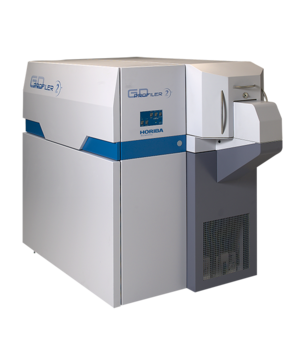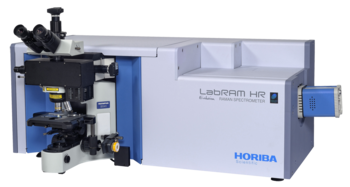
Faster Raman YES with XY stage
SWIFT™ Imaging
/ SWIFTXS (with
EMCCD)
Confocal Imaging 0.5 μm XY
Routine operation OneClick Auto
Automation
Full Microscope Upright
Resolution Standard + High
Multi-laser 532, 638, 785 nm
Options others on request






























































































